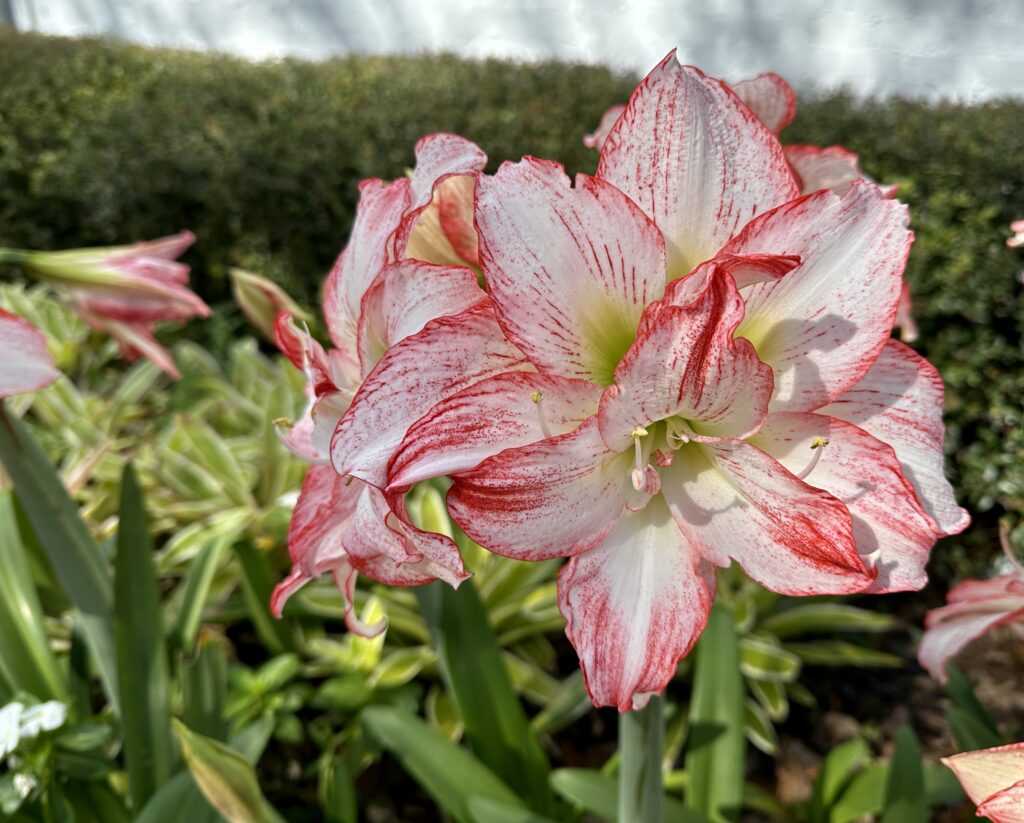
With each weed I pull, pile, and eliminate, one after another, in the now too large garden beds that I don’t maintain well any longer, I decide I am calling it long-term care preparation as I attempt to make living in a home more manageable for the longer term. Any of us who live to a certain age start thinking of housing changes as we need more support with the upkeep of a home. For me, my thoughts go to how to make it all easier in the home we already own rather than moving to a new one.
Last year my plan included devoting time and money into making the beds more deer proof. I have come to learn that that really isn’t a thing. Our deer are not discriminating eaters. They love it all. So now many of the beds are being covered with garden fabric and mulch. Layers of mulch as I do not want to repeat this task year after year.
I think more closely these days about what I want to do that brings me joy. Sure, there are some things I do that I just do. But if I have a clear thoughtful choice, give me paint, a pen, a book, a good conversation with a friend or family member. A bit of travel, a concert or a play. A walk in the woods, reflecting by water, or meditating in my cupola. Sitting on my deck listening to the birds and feeling the breeze on my skin. A massage, a hug, or holding a hand.
Desires and choices change over time just as the land we live on is cut deeper and deeper by the flowing river from the north as it courses to our shoreline before turning east. Just as the deer population has grown and just as the bear has decided the bird seed is for him. Just as the oak grove we moved into succumbed to oak wilt and became a field of sunshine. It takes some time to adjust, for land, animal, or human. But adjust we do and alter our course toward simplification. What do I choose?
This becomes a question for each moment of life. What do I choose? Encompassing our ethics, our values, those we are connected to, those we don’t know but are part of this global existence. We rarely think deeply about our daily choices, operating mostly from habit, but remembering that we’re always choosing gives life meaning. That is our agency. That is the authoring of a life.
At the end of a day or of a life, we look back and say with honesty, “I chose.” Not in judgment but in clarity of awareness. An ownership of the path trod. A blessing of a day lived or a lifetime of 80 years, knowing that what I choose is different from your choice. Knowing that in that lies the uniqueness and beauty of each life.
We each have a lifetime opportunity to pull out our inner weeds, old hurts, resentments, blockages from lack of care. We get to choose when and if we will pull, prod, heal and open to the fertile soil within that has been kept from sprouting. Once cleared we spread the mulch of peace and calm, a protective coating letting moisture seep in and protect our heart as we open now, further into the blessing of love.
